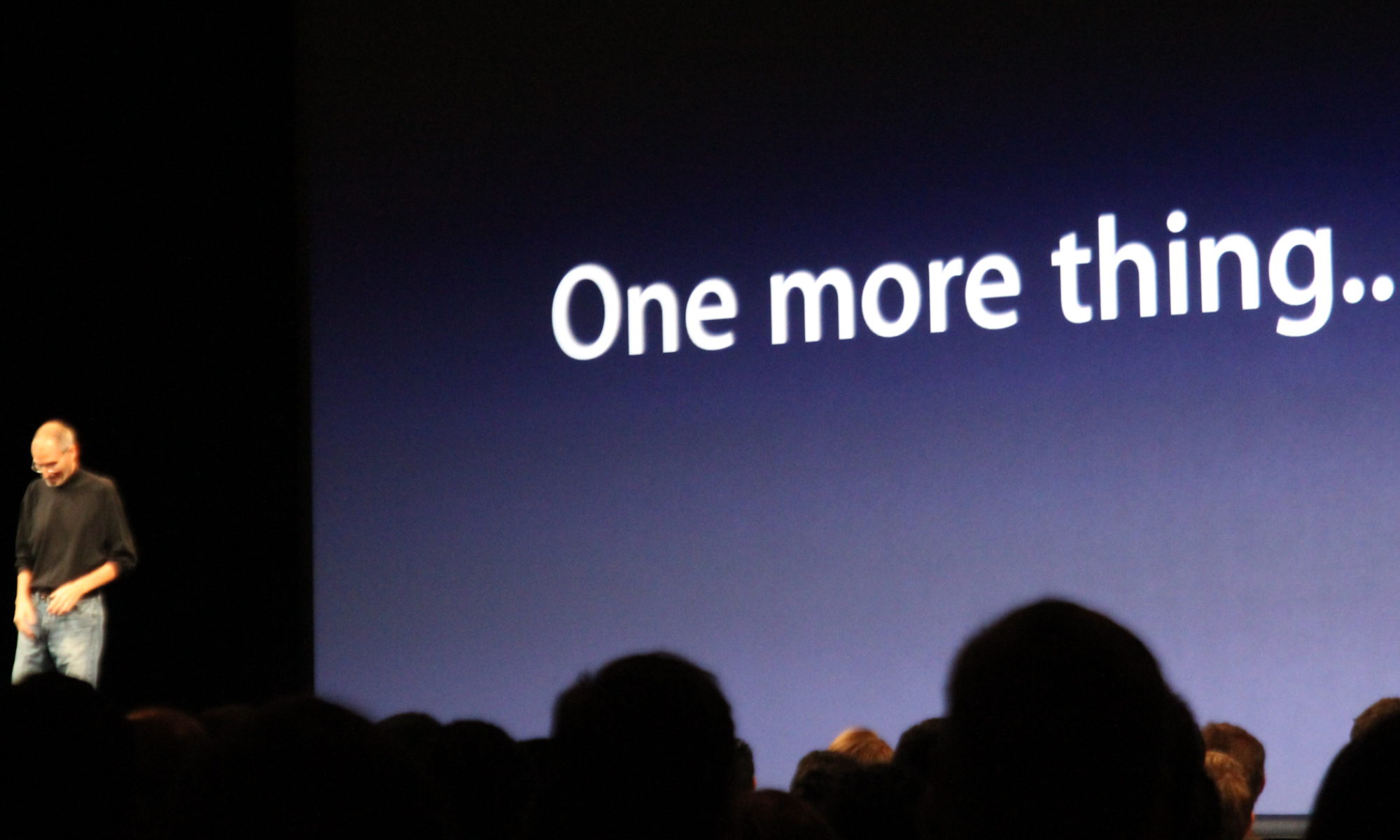Reading emails is too often perceived as a chore. Yet, sometimes you receive the perfect email—I don’t mean the one saying you won to the lottery and must send 50€ to receive your prize. You feel this email is effective and directly actionnable.
The main problem with emails is their daily amount (300 billions a day—really?!). You already know the reasons: either we use emails as a chat software, or we don’t understand the text, or we desperately try to find a free slot for a meeting, or we forget to attach the file, or… or … The list is long.
Before you send, stop!
An easy solution to many of these problems: wait before sending your email. Take some extra time to read it, correct the typos, check if you attached the files you promised, and see if something could be misunderstood. It feels too simple, but how many times did you click on the button without reading your email? Someone else will read it, you should make sure he/she will understand it, so start with yourself.
We optimise the wrong objective
We all have this feeling when opening the inbox: the objective is to process as many emails as possible in the shortest time. Unfortunately, that can easily lead to issues. What do you feel when you read the following thread?
You: I think we should meet to discuss my thesis. I have several questions.
Me: Good idea.
(sigh) this will be long…
You: Do you have any availabilities?
Me: Tomorrow morning?
You: Sorry I have classes.
Me: Could you suggest some time slots?
…(5 more emails)…
You: Great thanks for making the time.
Me: No worries! Happy to help. By the way, what are the questions?
You: It is about model Y and Z.
Me: Mmmh. We’ll need John to be there during the meeting. He developed them. @John: are you available?
John: Sorry! No.
This can easily take some time. We have maximised our objective—the amount of emails processed—but it is the wrong one.
Minimise the overall number
In his book Deep Work (and also in this blog post), Cal Newport, change the objective: instead of maximising the number of processed emails, you should minimise the number of emails needed to achieve your goal. Believe it or not, every email you send has a goal. Identify it upfront and find out how you could minimise the exchange of emails. Remember: you have no control on the receiving end so make it robust.
For example, here are advices when you want to plan a meeting for discussing a question. First, check if the other person is holding office hours—some time slots where he/she guarantees to be present and available. This is perhaps the easiest way to get a rapid answer to your question. If that’s not possible, second, make sure you give three available slots for you and use automatic scheduling system to help you. I like vyte.in but there are many other options. It should be easy for you and the receiver. Once a choice is made, no other action should be needed. Third, make sure to include your questions.
Final thoughts
Keep your message short. Keep removing content until it affects your objective.
Always specify a deadline. If you don’t give a deadline, you might as well be forgotten. It might feel uncomfortable so include the explanation for your deadline and an opening for negotiating it. Don’t forget, minimise the number of emails, it shouldn’t be a long discussion to find the right deadline.
If you are asking for a decision. Include all the information you find necessary, not more. Also make the effort to indicate what you think should be the decision from your perspective. You should aim at a decision in one reply.
Take enough time for each of your email. The return on investment is big!



















